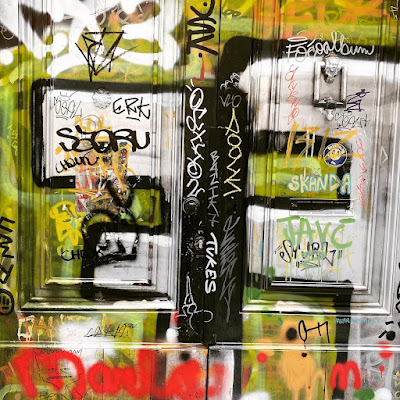Urban Art and Street Art: What’s the Difference?
Urban art and street art are often used interchangeably, but they possess distinct characteristics and origins. In this blog post, we will explore the fascinating world of urban art and street art, delving into their definitions, aesthetics, and cultural significance. We will also examine how these art forms have evolved within the realm of contemporary art. Whether you’re an art enthusiast or simply curious about the vibrant expressions found in city streets, this article will provide a comprehensive understanding of the differences between urban art and street art.
Defining Urban
Urban art encompasses a wide range of artistic expressions that emerge from urban environments, such as cities and towns. It encapsulates various forms of creative works, including graffiti, murals, stencils, posters, and installations. Urban art often serves as a means of artistic expression, social commentary, and cultural representation within the urban landscape. To delve deeper into the realm of urban art, consider exploring the thought-provoking works of artist Gordon Brown, whose original piece “Saint III” can be found here. This artwork exemplifies the captivating nature of urban art, highlighting its unique visual language and its ability to engage with and transform public spaces.
Understanding Street Art
Street art is a specific subset of urban art that focuses on artistic interventions within public spaces, predominantly on walls, buildings, and other outdoor structures. It encompasses a diverse range of techniques and styles, including spray paint, stencils, wheat-pasting, and even three-dimensional installations. Street art often aims to subvert traditional artistic boundaries and challenge societal norms. It can be politically charged, socially provocative, or aesthetically intriguing.
Differentiating Contemporary Art
Contemporary art refers to the art of our time, encompassing various styles, mediums, and conceptual approaches. It reflects the current cultural, social, and political context, pushing boundaries and challenging traditional notions of art. Urban art and street art have become integral parts of the contemporary art scene, blending elements of popular culture, street aesthetics, and alternative artistic practices. As contemporary art continues to evolve, artists draw inspiration from urban environments and engage with themes of subversion, identity, and urban life. To explore a curated collection of contemporary urban art prints, visit the Prints section on UrbanPunkz. These prints embody the vibrant and diverse nature of contemporary urban art, showcasing the talent and innovation within this artistic movement.
Conclusion
Urban art and street art represent distinct but interconnected artistic expressions that have transformed the contemporary art scene. While urban art encompasses a broader range of artistic practices within urban environments, street art focuses specifically on interventions in public spaces. Both forms challenge societal norms, provide platforms for social commentary, and add a dynamic visual element to city landscapes. As the boundaries between art forms continue to blur, it’s crucial to recognize the unique contributions of urban art and street art to the broader contemporary art discourse. By appreciating the talent and creativity behind work we can gain a deeper understanding of the power and significance of urban and street art in shaping our cultural landscape

Comments
Post a Comment